5 small entryway color rules interior designers want us to abide by
Try your hand at these simple, yet effective ways of decorating with small entryway color ideas
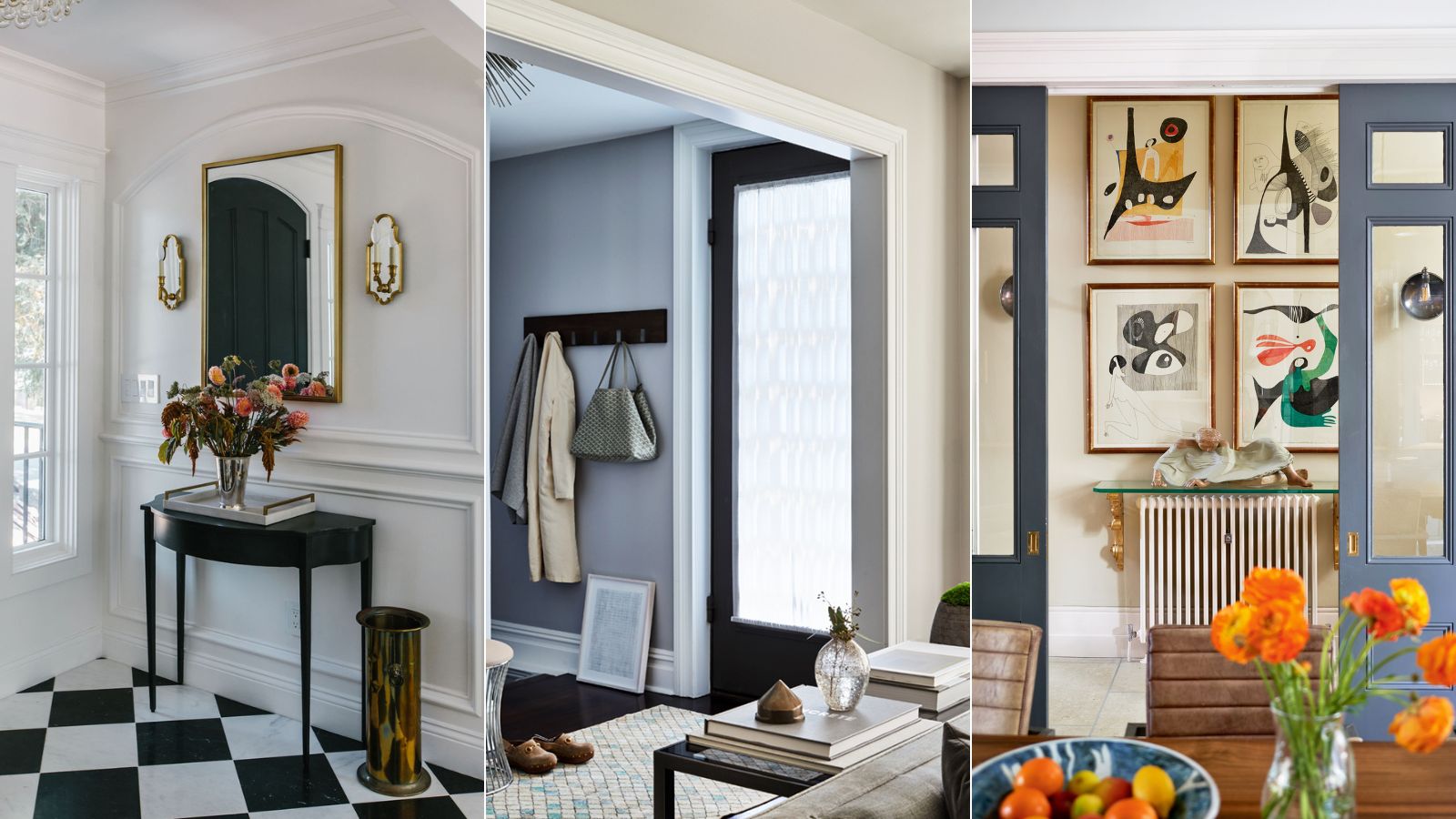

When adding color to our homes, it’s all too easy to forget the entryway; after all, it’s not as if we spend much time in this often small or narrow room.
As well as looking inviting in its own right, an entryway color scheme should set the tone for the rest of your home. Move it up on your decorating agenda: it’s a place to be bold and show your personality. Winning room color ideas and entryway paint ideas pay attention to the mood, size, and natural light, so whether you go for something playful or serene, here are some small entryway color rules to get you started.
Small entryway color rules to follow
Color is a remarkable decorating medium and is an easy way to make your entryway more inviting. What could be easier – or more impactful than adding color to a modest or narrow entryway? After all, the entryway is a room of its own and should be treated as such with a bold design that will wow.
1. Choose a color palette that sings
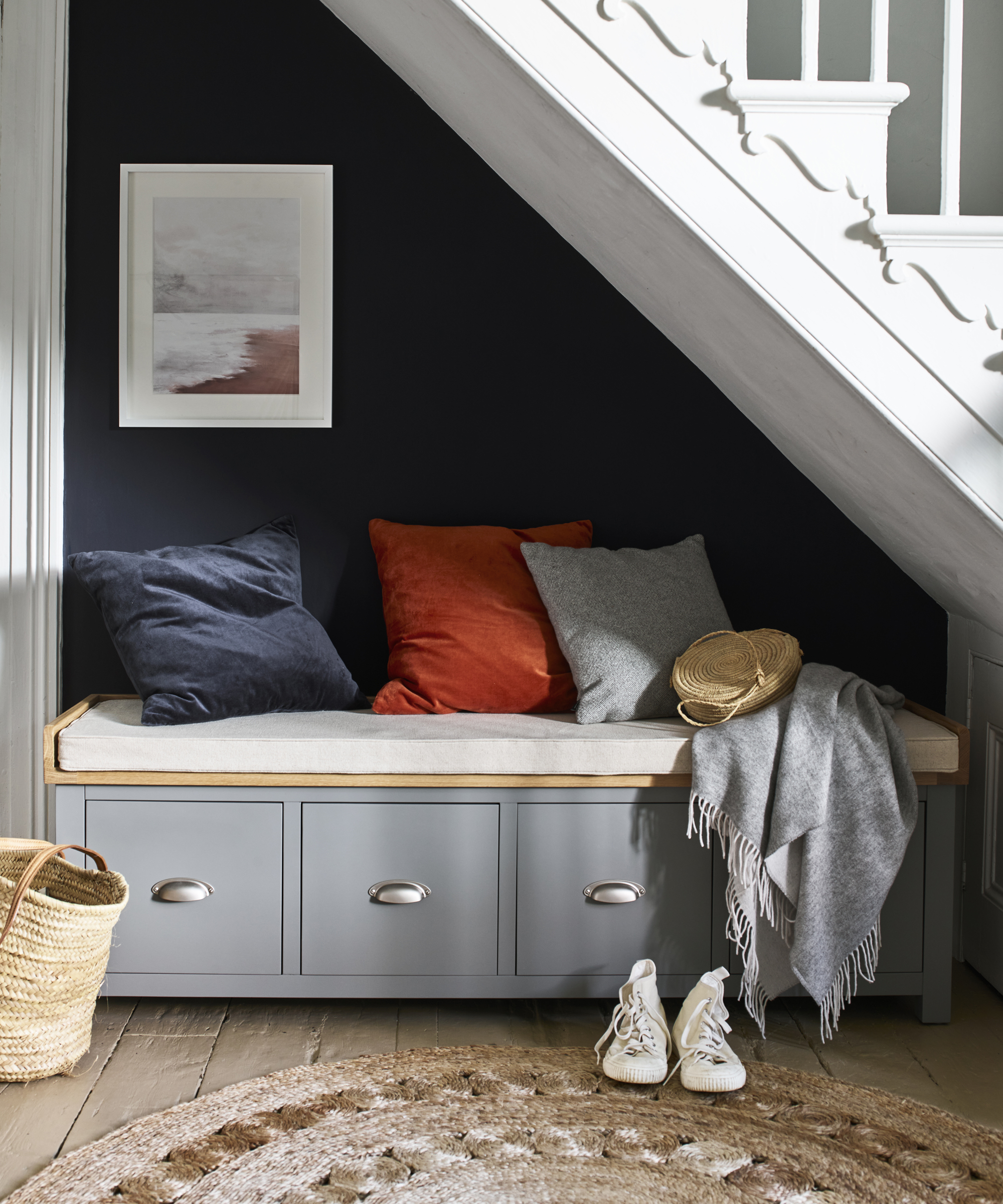
If you think you can't go dark or bold in a small room, you've probably heard that you should only ever paint a modest entrance in white or pale hues. These days, that advice couldn't be further from the truth. In fact, small entryways are often the most exciting spaces to decorate.
‘Entrance halls should make a statement about the house and owners as well as being a welcoming space. Small spaces can be treated in a grand way – “be bold” is my advice,' says Mike Fisher, creative director and founder, of Studio Indigo. 'Painting the space a light color will not make it feel bigger. Use strong colors to make a statement and give personality.'
2. Decorate with a mood-boosting hue
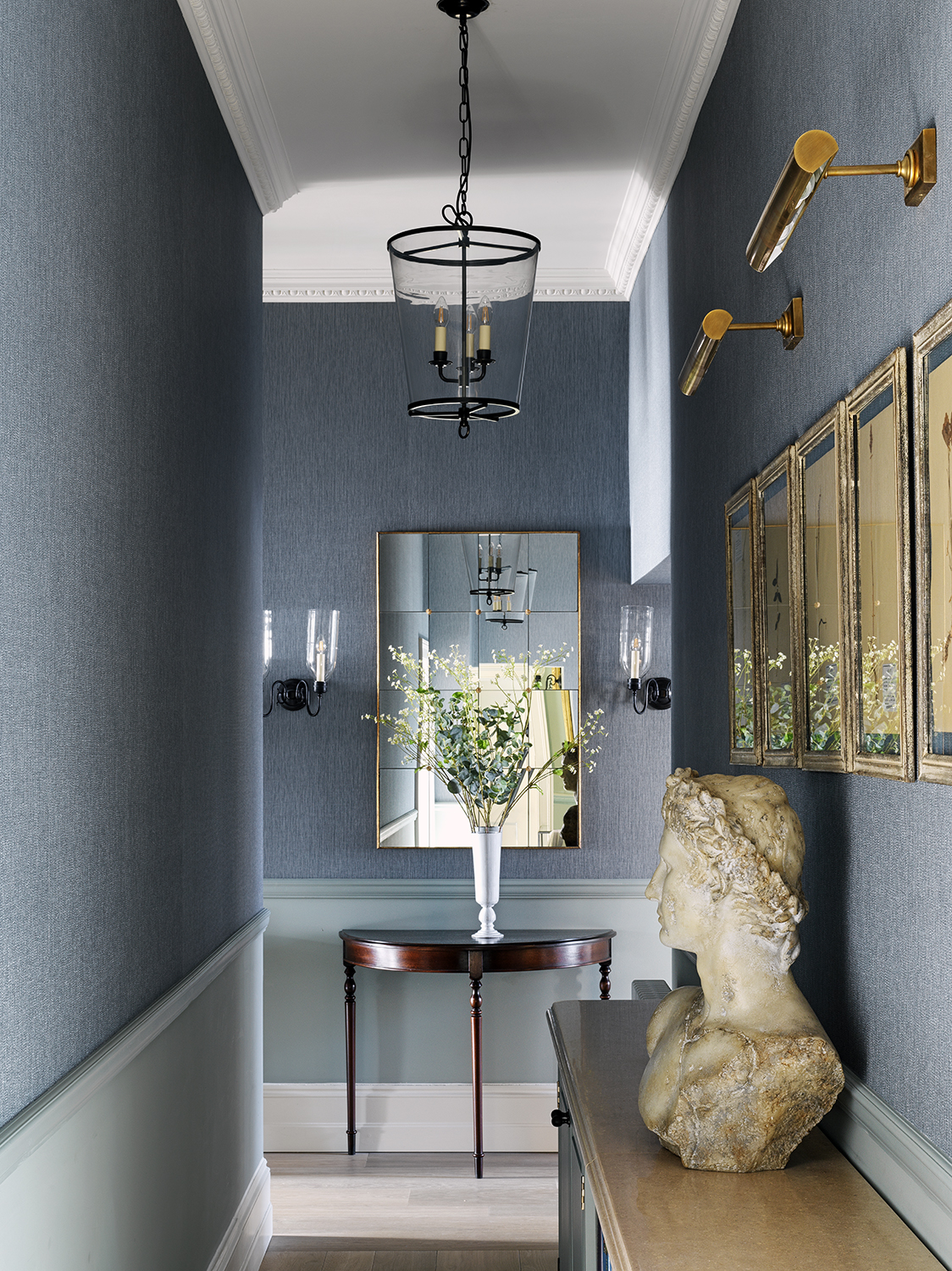
Finding the optimum color for a small entryway is entirely evocative and personal, and we always suggest choosing one that will make you feel happier at home.
‘Even if it is only a space of transition, the entrance is the first room you enter in most houses, so for me, it’s vital to truly make an entrance – you still want to feel good when entering or leaving the house,' says Eva Sonaike, creative director, Eva Sonaike.
'Colors are scientifically proven to enhance our moods and I love integrating bold colors in the entryway, such as bright pinks and rich blues. These, combined with sturdy runners and a beautifully decorated mantelpiece, are a great way to signal what to expect in the rest of the house.’
3. Use warm colors to elongate the space

In dark, narrow entryways, decorating choices make a big difference. ‘There are two approaches to small or narrow hallways,’ says Ruth Mottershead, creative director, of Little Greene. ‘Embrace the size and go for deep dark colors and patterned wallpapers, or opt for a trick of the eye and elongate a long narrow space by using a lighter, warmer color at the end of the space, with a slightly darker shade of a similar tone on the walls to create depth.’
Ann Grafton, creative director of Mulberry Home also notes that, ‘using a large-scale design on all walls in a small entryway can blur the illusion of where one wall stops and another one begins, making the space feel wider.’
4. Go for an on-trend color drenching
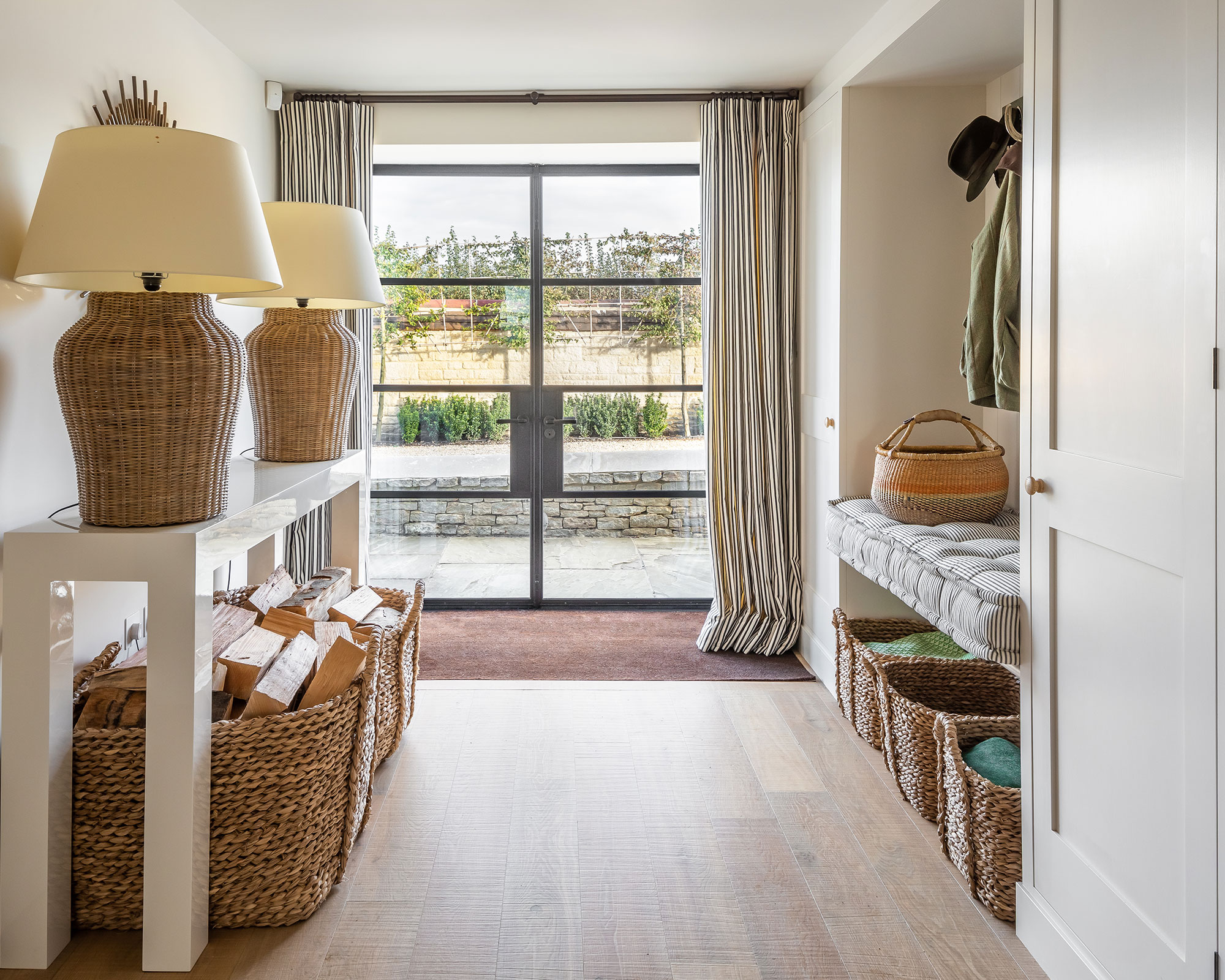
One trend which is currently being adopted in small entryways is color drenching. ‘This contemporary, cohesive approach delivers high impact by painting woodwork, radiators, the ceiling and interior doors the same color as the walls,’ says Ruth Mottershead, creative director, Little Greene.
‘This will create a complete scheme, treating each element similarly, and will deliver a design statement when entering or viewing the entrance from other rooms within your home.' It doesn't have to be a dark color either, a pale neutral will have the same space-stretching effect.
5. Go for a pale color scheme, and layer with art

Beige room colors are having a moment. After all, it is the color that is replacing gray. Beige is, of course, one of the most versatile shades in all of design – it instantly brightens while evoking a sense of calm and flawless, and unlike brilliant white, it can also appear cozy and comforting.
Subtle nuances of color are why James Thurstan Waterworth, founder of Thurstan, favors neutral colors in his schemes because they create a soft springboard from which antiques, art and other embellishments are able to sing. ‘You can then build out from here with tactile surfaces, patterned textiles, eclectic furnishings and more modern flourishes to create layers of interest in a small entryway, while still allowing all the individual elements of the interior to breathe.'
Sign up to the Homes & Gardens newsletter
Design expertise in your inbox – from inspiring decorating ideas and beautiful celebrity homes to practical gardening advice and shopping round-ups.

Jennifer is the Digital Editor at Homes & Gardens. Having worked in the interiors industry for several years in both the US and UK, spanning many publications, she now hones her digital prowess on the 'best interiors website' in the world. Multi-skilled, Jennifer has worked in PR and marketing and occasionally dabbles in the social media, commercial, and the e-commerce space. Over the years, she has written about every area of the home, from compiling houses designed by some of the best interior designers in the world to sourcing celebrity homes, reviewing appliances, and even writing a few news stories or two.
-
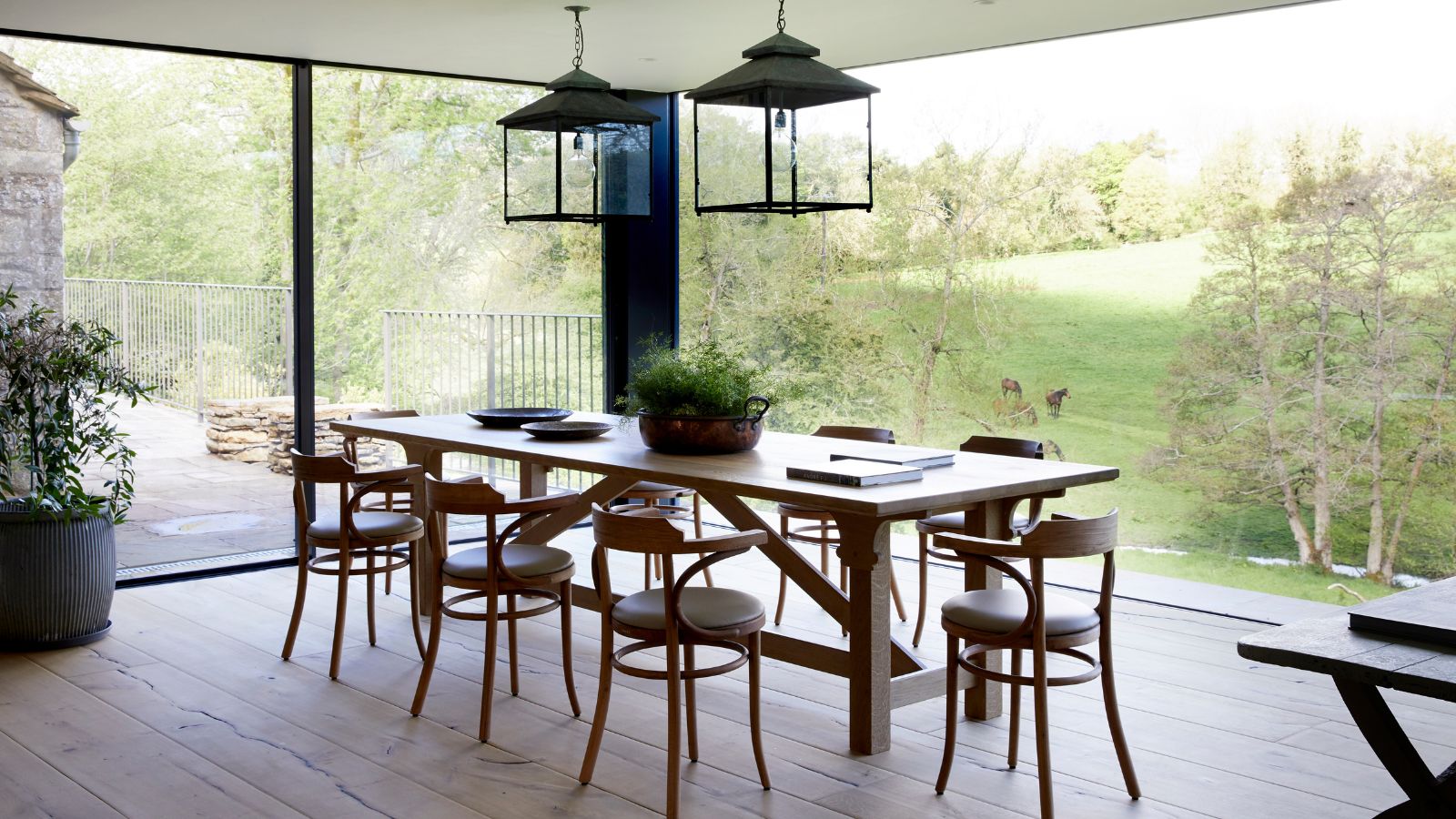 This is the single best upright vacuum we've ever tested – and it's on offer with $130 off at Shark for a limited time only
This is the single best upright vacuum we've ever tested – and it's on offer with $130 off at Shark for a limited time onlyYou won't want to miss this one
By Dan Fauzi
-
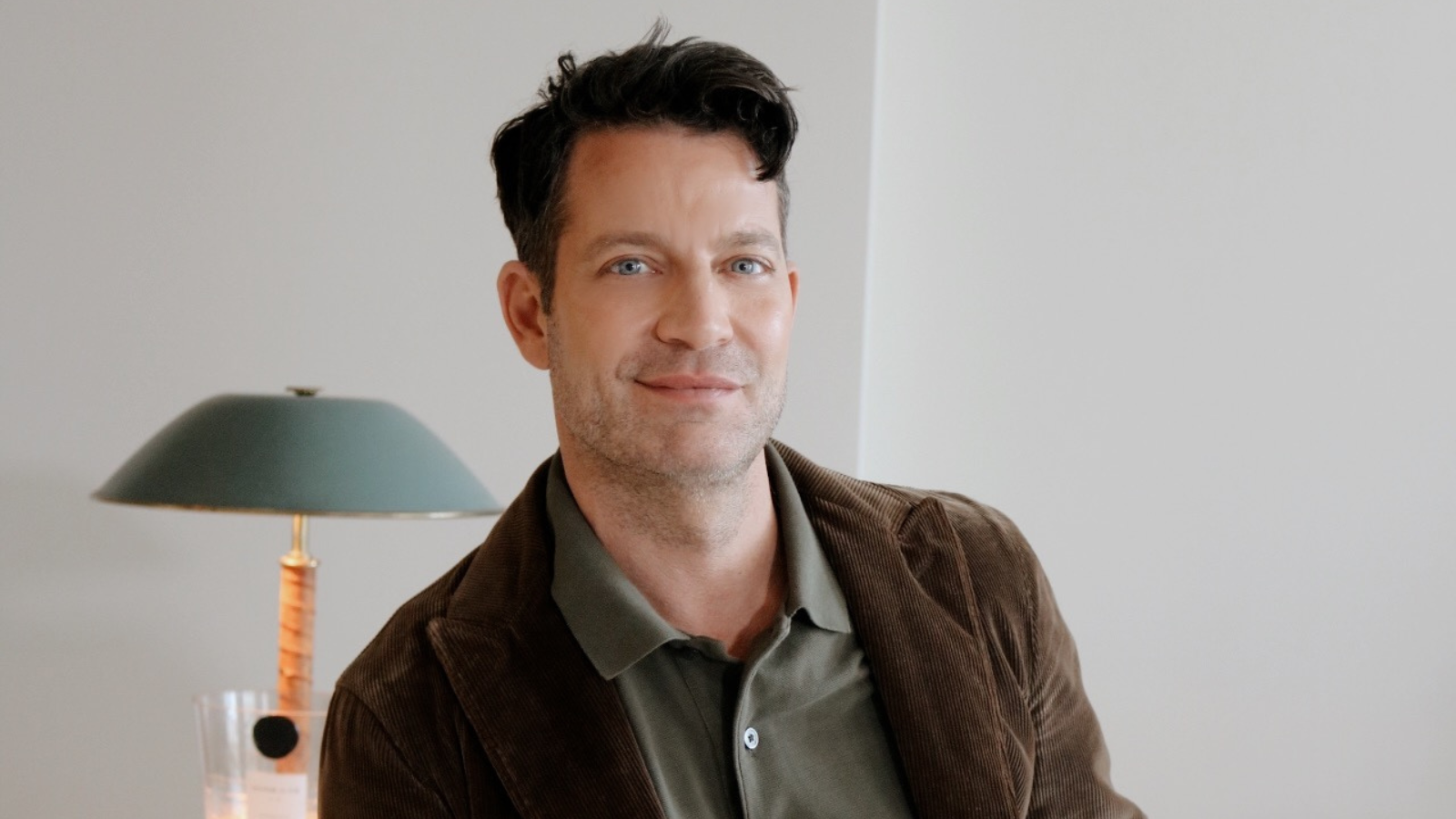 Nate Berkus says slipcovered sofas are back on trend – and I just found a way to create this designer-approved laid-back look from just $86
Nate Berkus says slipcovered sofas are back on trend – and I just found a way to create this designer-approved laid-back look from just $86This classic style is making a strong comeback, but did you know you don't have to buy a whole new couch to get this Nate-approved look?
By Eleanor Richardson